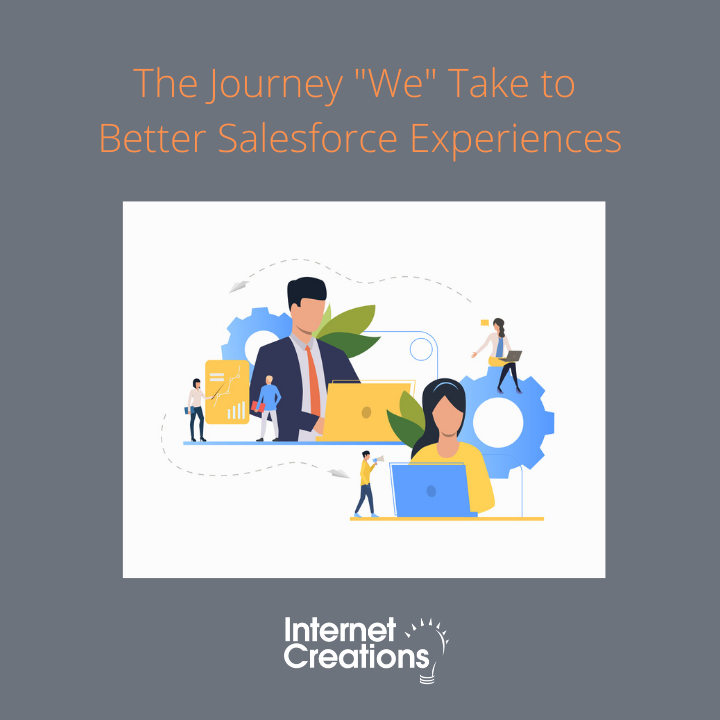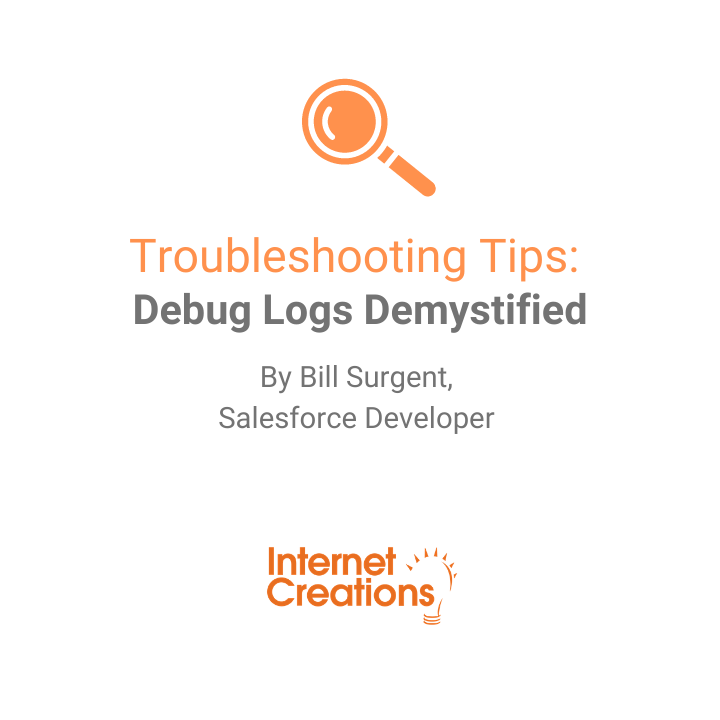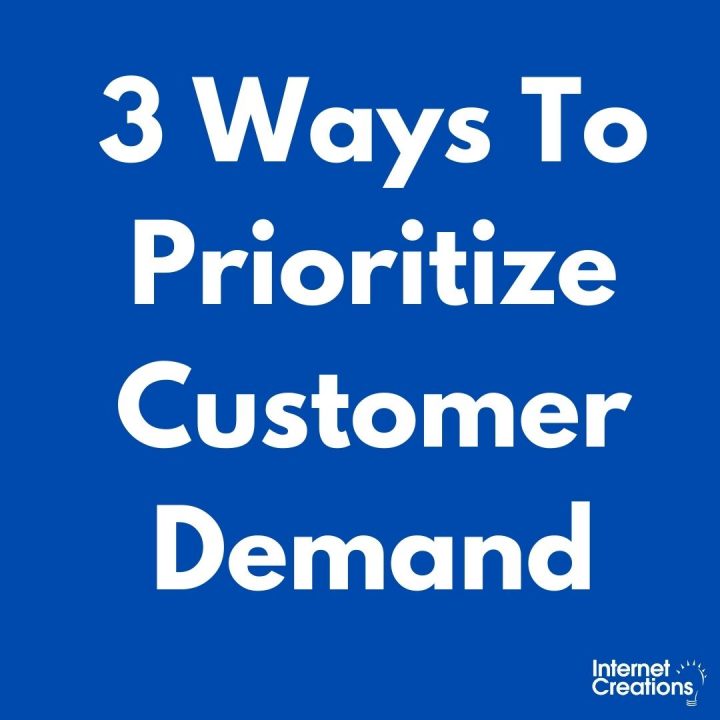Use Social Media to Build a Strong Personal Brand, Create Meaningful Dialogue among Salesforce Users


The first thing a company does (or should do!) when it opens its doors for business is take steps to create a “brand” and, subsequently, a strategy for brand recognition. It starts with a logo and possibly a tagline or mission statement. Salesforce has unmistakable brand recognition; the cloud logo is instantly recognizable.
Behind every company with a powerful brand are individual employees with strong personal brands. Building your personal brand gives you and your company a personality and differentiates you from the competition. When you set yourself apart from the competition, you position yourself as a thought-leader, a go-to problem-solver.
Branding solidifies important connections with clients and colleagues. It also builds loyalty and creates open lines of communication that encourages loyalty and referrals that lead to new business.
Building a personal brand is easier than you might think.
One of my responsibilities on the marketing team at Internet Creations is to monitor IC’s social media profiles. We know our various social media platform followers emerge from our own Salesforce user base. Clearly, it is to our advantage to regularly engage with these users – our customers, our potential customers (leads) and others– on these networks on both personal and company brand levels, is a critical component of our service-oriented approach to business.
Bottom line is this: Talk about what your audience needs to know and wants to learn about and share your knowledge in a place your audience is likely to be searching for information. (Consider, as an example, that this article is posted on the blog of a trusted Salesforce partner where Salesforce users seek knowledge. Posting this article on a mommy blogger site wouldn’t make any sense.)
Learning how to effectively brand yourself so that your audience connects with you (remembers your name, refers new business your way) is the name of the game. At the end of the day, when done correctly, personal branding will be a win-win for both you and your company. It will help drive new business/new hires to your company while opening up new opportunities to you as an individual and positioning you as a trusted resource.
If you are looking to connect with Salesforce users, we suggest Twitter, LinkedIn and, of course, the Salesforce Success Community. Here are a few tips on how you can improve and build your personal brand on each of these networks.
Connect with Salesforce Users on LinkedIn
First things first, you must upload a profile photo, the same goes for every network! Profiles with photos on LinkedIn are 11 times more likely to be viewed than those without. This is just common sense; people prefer to communicate “face to face” and, in the world of social media, your profile photo is your online “face.”
Now, continue to make your audience feel comfortable with you by building your profile in a way that “speaks” to your preferred connection and positions you as an authority in your field of expertise. Share your core competencies, focusing on what makes you different from others with your title or similar experience. If you focus on a particular niche or sector, make that clear within the content of your profile.
Case in point, as a marketing professional, it’s important that people know I have certifications in Pardot and Marketo, two well-known marketing automation programs that integrate with Salesforce. I made sure to tailor my profile (see below) around this information to help me differentiate myself from other marketing professionals out there.
3 Easy Ways to Improve Your Personal Brand on LinkedIn
Add certifications: To help build trust, you want to add any relevant certifications or trailhead badges to your profile (once you earn a Trailhead badge, you will get an option to add it to your LinkedIn Profile). This is important because someone searching for an individual with a particular skillset may very well search LinkedIn for a specific certification. (Many marketing professionals may be familiar with Salesforce, for example, but are they as experienced as I am and do they have credentials to prove it?)
Include keywords your headline: Your headline should explain who you are, not just your job title. You want to get creative here and showcase your specialty or the specific value you may bring to a connection. You should also include keywords relevant to your job as these keywords are picked up by the search engines.
Provide value and engage in Salesforce related groups: The first two tips listed here focus on attracting people to your profile. Once you’ve done that, the next step to making the most of LinkedIn is to join groups and discussions where Salesforce users are gathered. You can start out by simply joining groups and liking and even commenting on posts made by other Salesforce users. When you have knowledge to share, create a post and encourage others to engage with you. (Be careful not to be salesy, that’s a general turnoff. If people see you as always trying to push your wares, they may very well miss the value of your information.)
Active Salesforce-related LinkedIn groups include: Salesforce.com Professional Network, Salesforce.com, Salesforce Power Users Group and Salesforce Solutions & Tips.
Connect with Salesforce Users on Twitter
Twitter is a great place to engage in real time with other Salesforce users/evangelists. When getting started, save time by pulling text from your LinkedIn headline to use for your Twitter bio. I also like to link back to my company’s Twitter page by mentioning their handle: @InternetCreations.
Of course, on Twitter, you have to be topic-focused and pithy for two reasons: 1) whatever you tweet has to get a reaction “at a glance;” and 2) you only have 140 characters to make an impact.
Where do you find so-called Salesforce evangelists on Twitter? Check out a post I wrote on How to find, monitor and engage your audience on Twitter or this list of Salesforce People to Follow on Twitter provided by Ashley Papp.
Another way to easily follow and stay up-to-date on Salesforce-related tweets is to create Twitter Lists or a free Hootsuite account to follow different hashtags. (You can monitor the feeds for repeat posters and seek to connect with them, as well.) Here are a few Salesforce-related hashtags to follow: #Salesforce, #AppExchange, #Askforce, #Trailhead, #DF16, #SalesforceLive #AwesomeAdmin #SalesforceTour and #IdeaExchange.
Connecting with Users in the Salesforce Success Community
I’ve seen the Salesforce Success Community grow considerably since its redesign in 2014. Joining this community allows you to most likely find anyone — from salesforce.com employees to all types of salesforce users (MVPs, admins, developers, marketers, you name it!)
Follow these tips to be “Successful” within the Success community:
Complete your profile: Community profiles were updated in January 2016 and you should take advantage by filling out all available fields. This includes your company information, Salesforce products you use, and connecting your Webassessor and Developer account to show off your certifications and Trailhead badges.
Join your local Salesforce User Group: You’ll be surprised by how many Salesforce users there are in your local community. Joining a user group is a great way to network and learn from other Salesforce professionals. Internet Creations is proud to be a part of the New Jersey Salesforce User Group and we welcome newcomers! Read “Securing Your Salesforce Org: The Human Factor,” an article about a recent NJ User Group event on IT security in the workplace.
To find the closest user group in your area, head to https://success.salesforce.com/featuredGroups and filter on the left by “All User Groups by Region”.
Review questions and provide valuable solutions: Tons of Salesforce users seek advice and solutions everyday in the Salesforce Community, and this is a great opportunity to showcase your knowledge and provide value. (What a great way to position yourself as a thought leader!) Navigate to “Answers” on the top menu or select “Questions” in the drop down next to the search bar to search for specific questions.

One last note…
Keep your brand clean: This goes for all social media platforms. Salesforce users connect on LinkedIn, Twitter and the Success Community to engage other like-minded individuals to learn and share knowledge.
Social media may feel like an open invitation and easy way to solicit interest in your products or services. However, no one wants to be pitched all the time. And you most certainly don’t want the reputation for being the one who is self-promoting so much that you aren’t adding anything valuable to the conversation. The one caveat here is if someone posts a question or challenge that your product or service specifically solves, you may want to engage that person privately or simply make mention of your solution and invite inquiry.
Therefore, in all of your communications, but especially on social media, be upbeat, resourceful and stay on point. Credibility is a critical component of a personal brand. Without trust, you won’t have followers or you’ll lose the ones you have. And, it almost should go without saying, it’s very difficult to win back trust once it’s lost.
What do you think? How do you position yourself to engage Salesforce users on social media? What tips and tricks have worked – and which ones haven’t? Share your knowledge and thoughts below.



